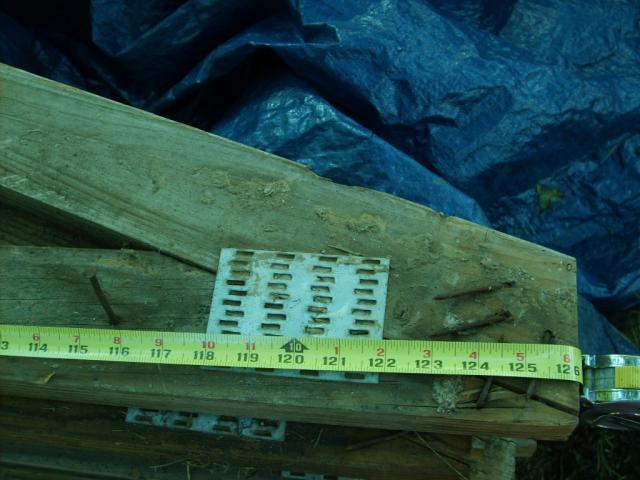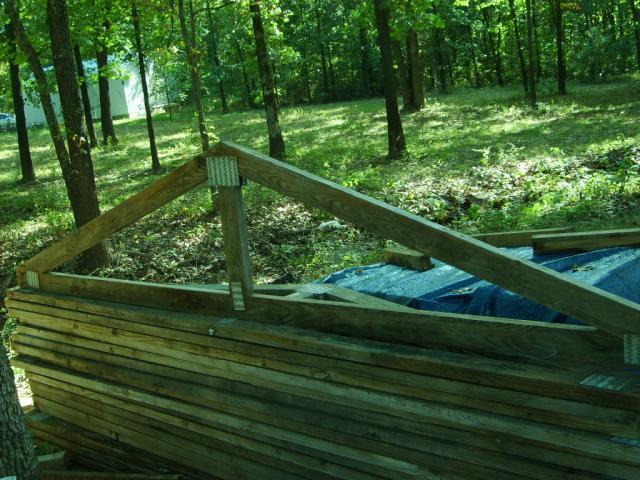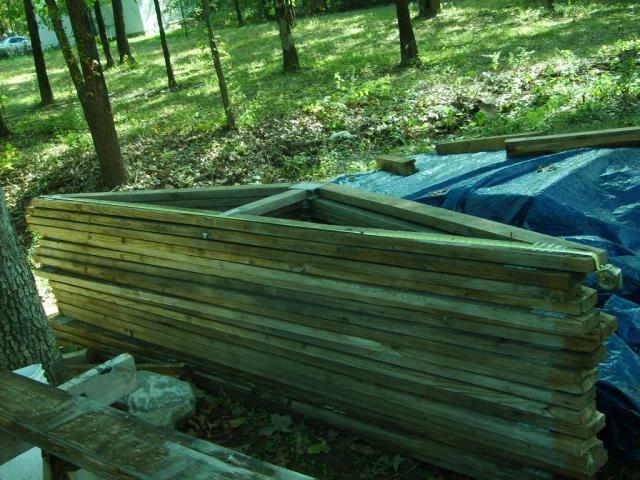I got some free trusses, tearing down buildings. I have 24 of them, and they are 126 inches long. My question is: how wide will I make my build? The full 126 inches, or is that part of an overhang? Another question, how far apart do I place them?
Thanks alot!



Thanks alot!



Last edited:





